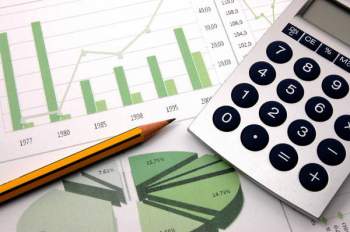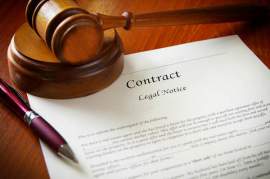
Understanding a Balance Sheet

What is a Balance Sheet?
In the field of financial accounting, a balance sheet is a summary of the financial balances of a business partnership, a sole proprietorship or any company. The balance sheet, in essence, is a streamlined summary of how the company is doing financially in regards to a debt to asset ratio. The balance sheet will reveal the respective company’s assets, liabilities and ownership equity; each of these statistics is listed for a specific date, such as the end of the fiscal year or for every quarter. A company’s balance sheet is typically described as a “snapshot of the respective company’s financial condition.” Of the four primary financial statements, the balance sheet is the only one which applies to a single point in the calendar year.
What figures are on the Balance Sheet?
The standard company balance sheet contains three distinct parts: assets, liabilities and ownership equity. The asset category is typically listed first on the balance sheet, and typically labeled in order based on liquidity. Assets are then next on the balance sheet; this figure will also reveal the company’s equity or net assets which is the difference between the company’s assets and its liabilities. This ratio leads to the third part of the balance sheet—the ownership equity. Assets, in the balance sheet, will equal liabilities plus owner’s equity. Looking at this equation will reveal how assets were finances, either by borrowing (increases liabilities) or by using the owner’s money (increases owner’s equity). A balance sheet is typically presented with assets in one section and liabilities, as well as net worth, in the other section—these two sections are labeled “balancing.”
The Balance Sheet for a Public Business:
All public businesses make their balance sheets readily available to stock holders or the public in general. Guidelines for balance sheet of all public business entities are given by the International Accounting Standards Committee, as well as by numerous country-specific organizations. All public balance sheets will include the following information:
List of Assets:
The public entity will list all current assets, including the amount of cash or cash equivalents, inventory statistics, accounts receivable and prepaid expenses for future services that will be used within a year. The balance sheet will also include all non-current assets or fixed assets, including property, equipment, investment property, intangible assets, financial assets, investments and biological assets.The public balance sheet will also list all liabilities including: accounts payable, provisions for warranties or court decisions, financial liabilities, liabilities and assets for current tax, corporate bonds, deferred tax liabilities and unearned revenue for services paid for by customers but not yet provided. Following the list of liabilities the balance sheet will offer equity figures, including shareholder equity information, such as the amount of issued capital and reserves and non-controlling interest in equity.



















